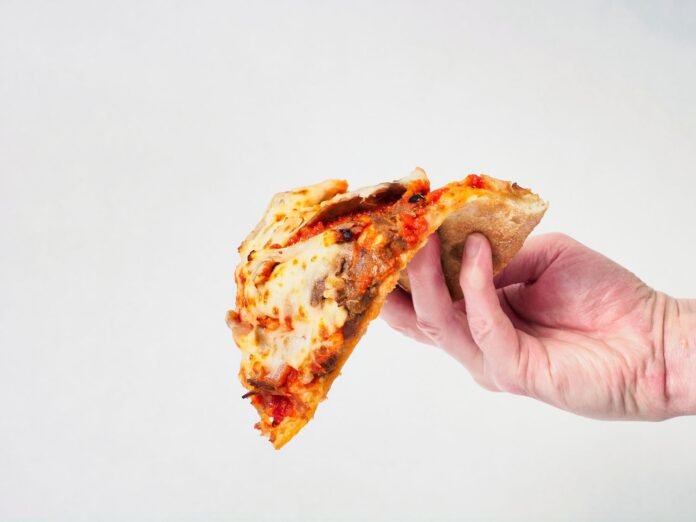The widely believed ‘three-second food rule’ has been debunked by experts, shedding light on the potential risks associated with consuming food that has been dropped on the floor.
Gastroenterologist Dr. Palaniappan Manickam Pal has challenged the validity of the rule, emphasizing the importance of understanding the microbial risks involved. While the notion suggests that food remains safe to eat if picked up within three seconds, Dr. Palaniappan advises against blindly adhering to this belief.
In a circulating social media reel, Dr. Palaniappan explains that while dropping food on the floor at home may seem harmless, it still poses risks to one’s health. He acknowledges that the microbes present on the floor may not be as threatening as a supervillain like Thanos, but they can still compromise one’s immune system and introduce harmful bacteria into the body.
Despite the reassuring presence of good gut bacteria, Dr. Palaniappan warns against underestimating the potential consequences of consuming food that has come into contact with the floor. While the body’s immune system may be capable of handling certain microbes, exposing it to unnecessary risks can strain its defenses and compromise overall health.
Dr. Palaniappan’s insights highlight the importance of prioritizing food safety and hygiene practices. Instead of relying on arbitrary rules like the ‘three-second food rule,’ individuals should exercise caution and adopt preventive measures to minimize the risk of foodborne illnesses.
Simple precautions, such as regularly cleaning and disinfecting surfaces, practicing proper food handling techniques, and avoiding cross-contamination, can significantly reduce the likelihood of food-related health issues. By prioritizing food safety, individuals can safeguard their well-being and minimize the risk of microbial exposure.
Moreover, the efficacy of the “three-second rule” can vary depending on various factors such as the type of surface the food item falls on, the cleanliness of the environment, and the length of time the food remains in contact with the surface. Even a brief contact with a contaminated surface can transfer harmful bacteria and pathogens to the food, increasing the risk of foodborne illness.
It’s essential to recognize that the floor is often teeming with bacteria and other microorganisms, including potentially harmful pathogens that can cause infections and gastrointestinal issues. Consuming food that has been in contact with the floor, even for a short period, can introduce these microorganisms into the body, leading to health complications.
In light of these concerns, experts recommend adopting a more cautious approach to food safety. Instead of relying on arbitrary rules like the “three-second rule,” individuals should adhere to proper food handling and hygiene practices at all times. This includes washing hands thoroughly before handling food, using clean utensils and surfaces, and storing food properly to prevent contamination.
By prioritizing food safety and hygiene, individuals can reduce the risk of foodborne illness and protect their health. While the temptation to follow the “three-second rule” may be strong, it’s essential to remember that food safety is paramount and should not be compromised for the sake of convenience.
The “three-second rule” is a myth that lacks scientific validity and can potentially expose individuals to harmful bacteria and pathogens. Instead of relying on such rules, it’s crucial to practice proper food safety and hygiene to minimize the risk of foodborne illness and protect overall health.

